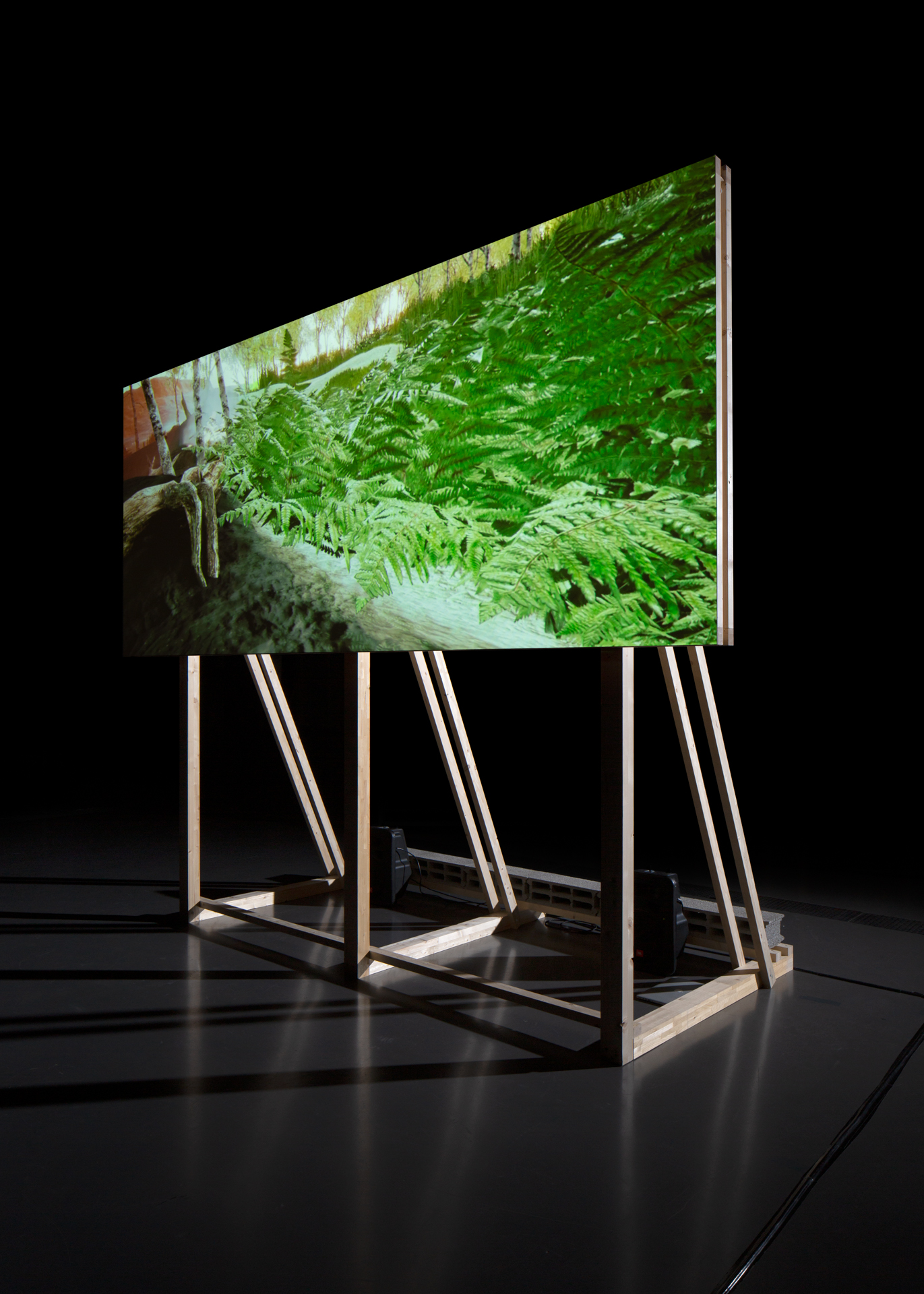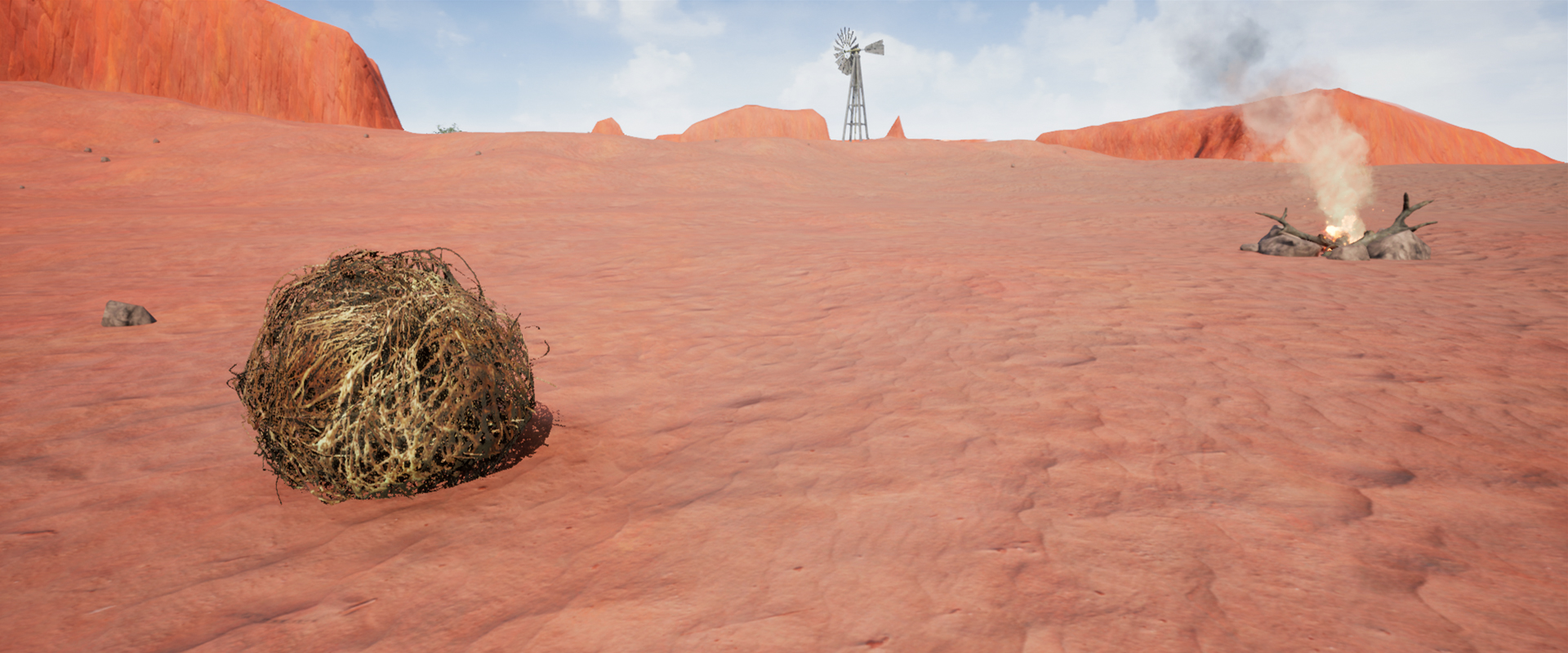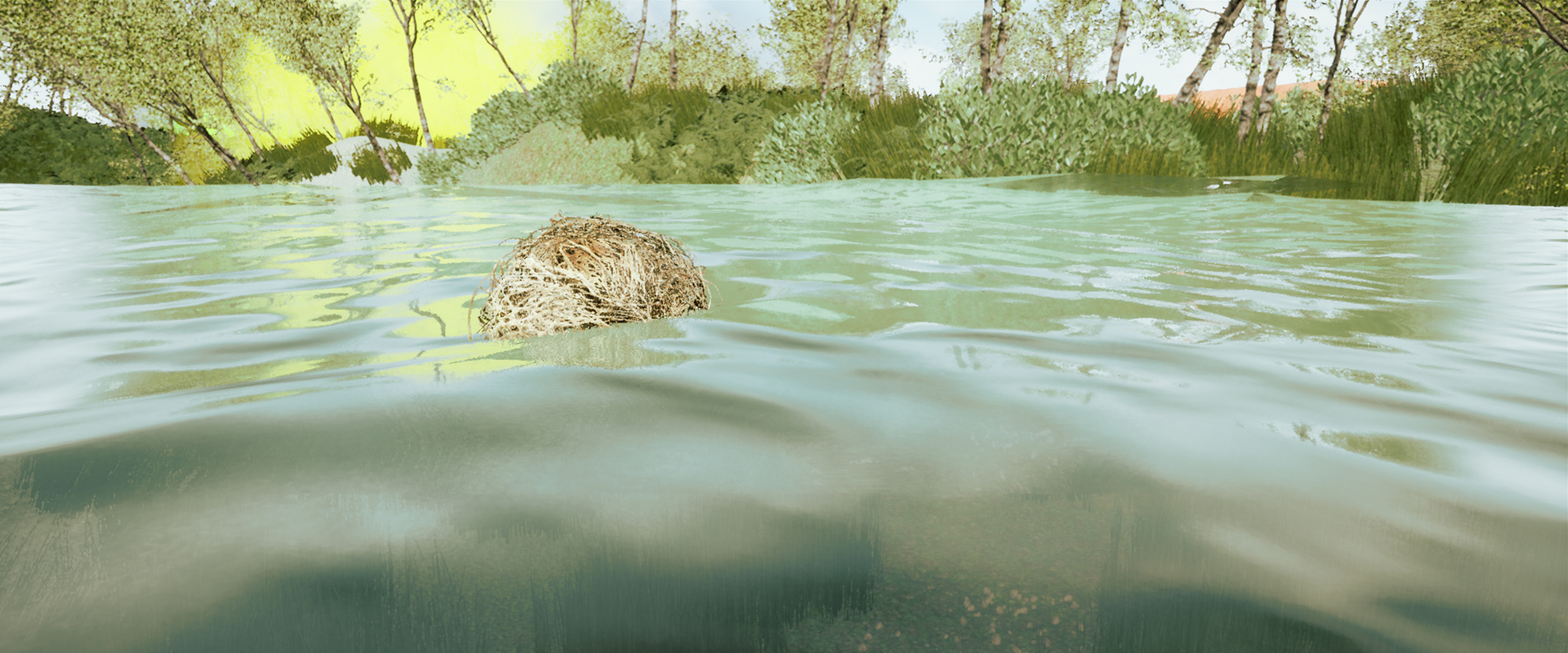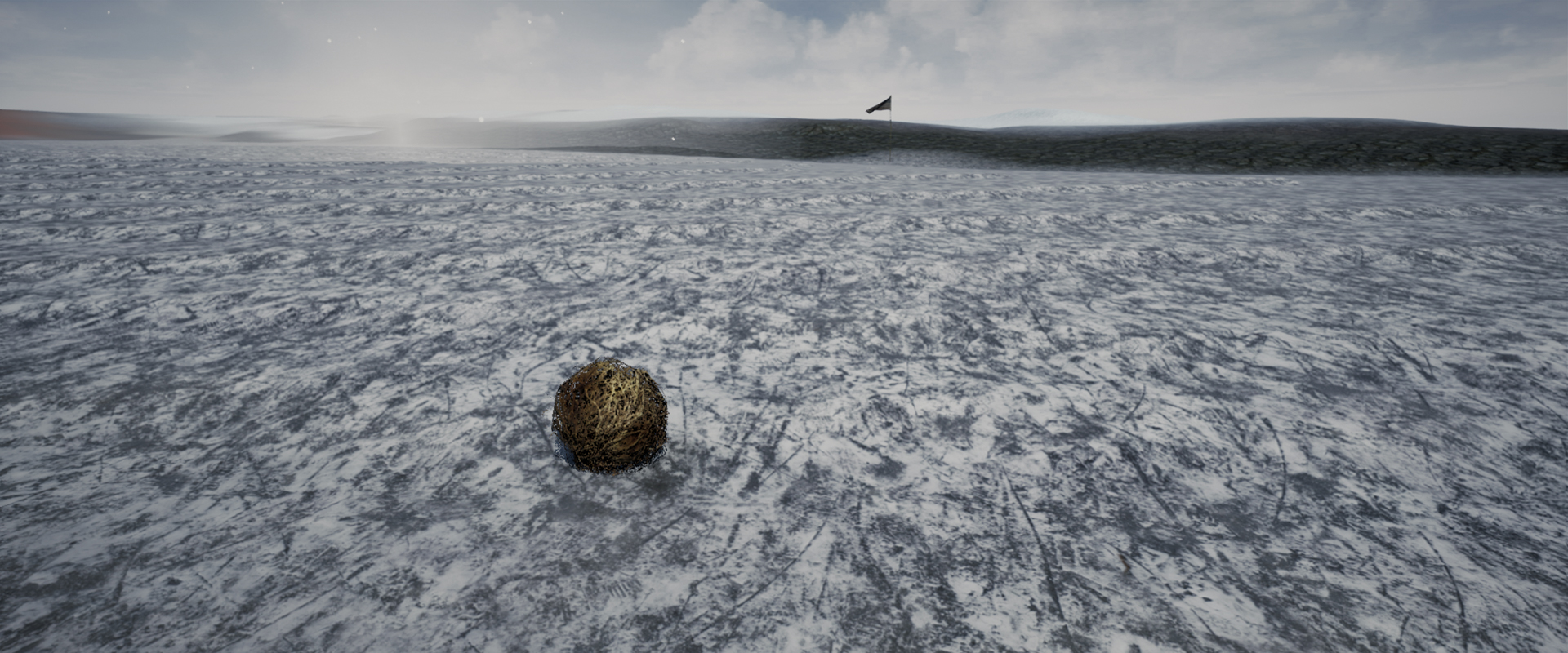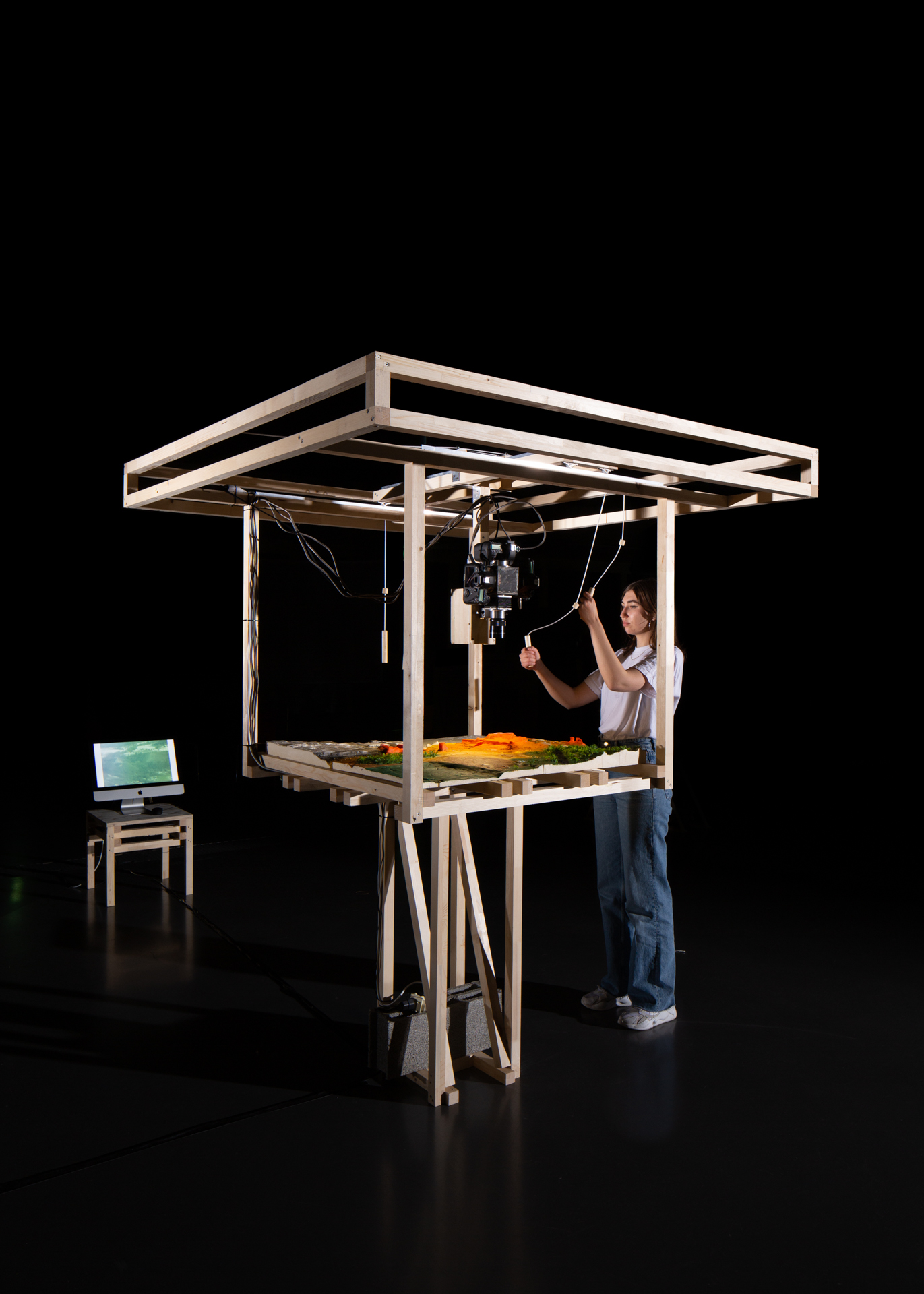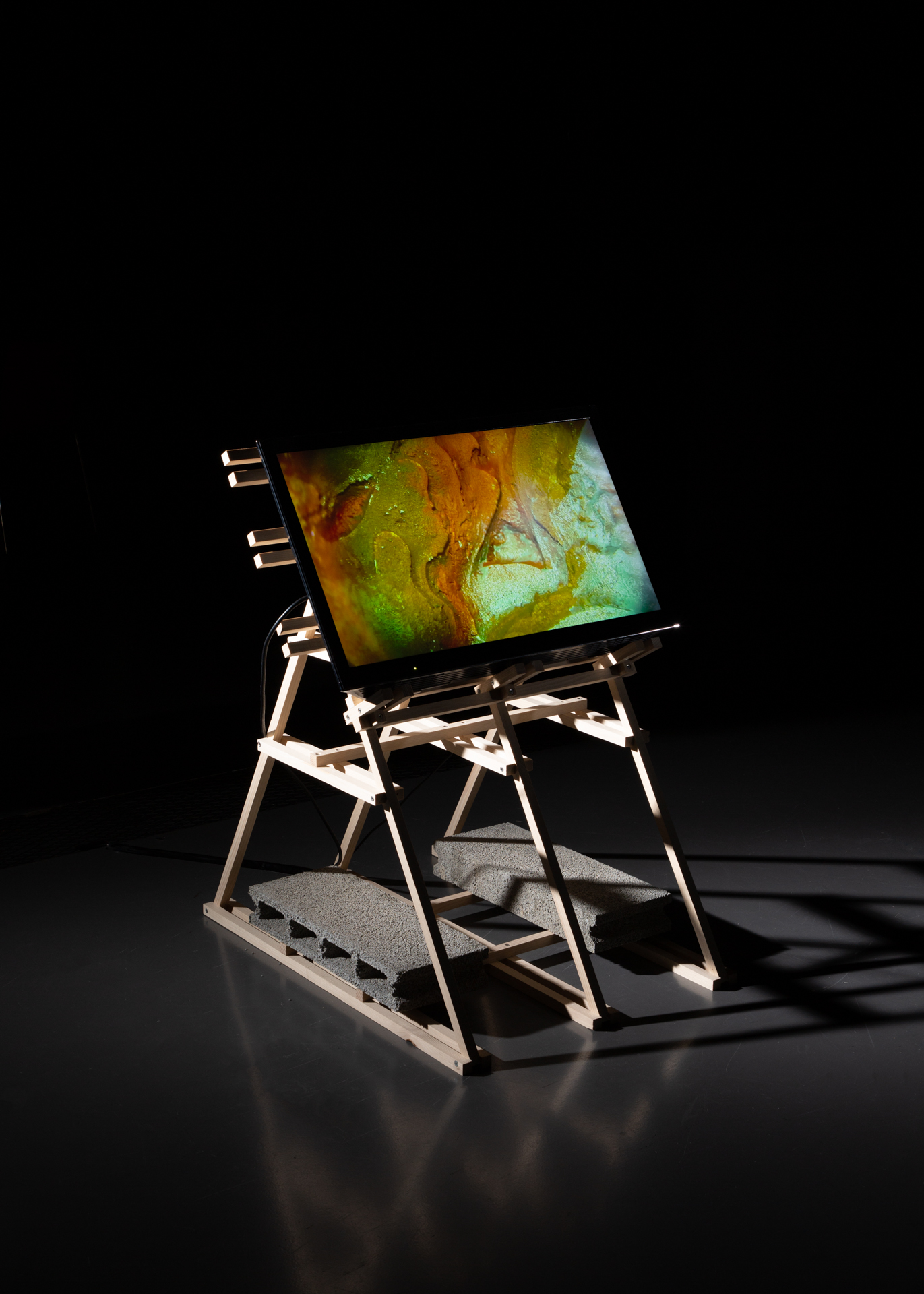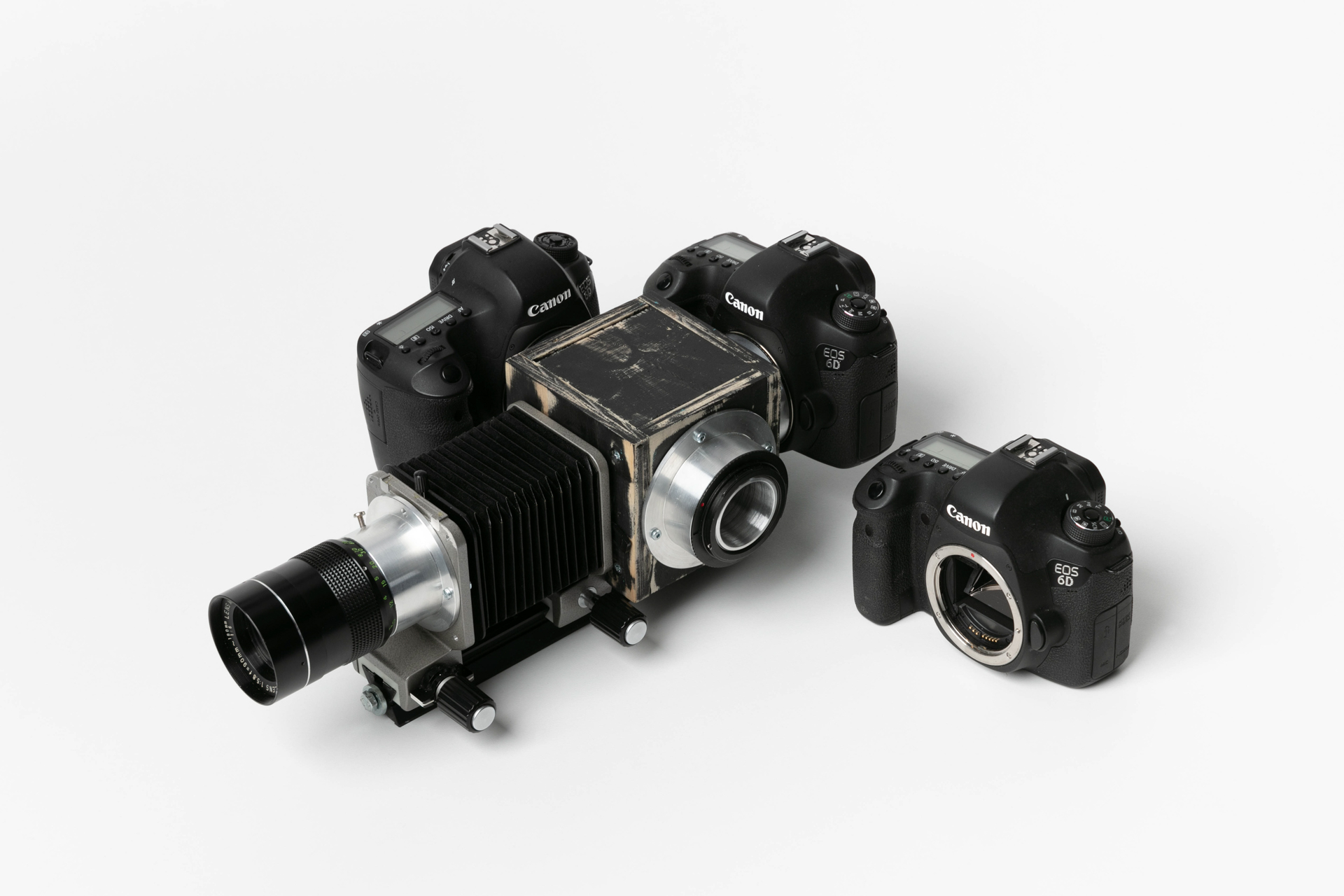Trade Winds and Westerlies

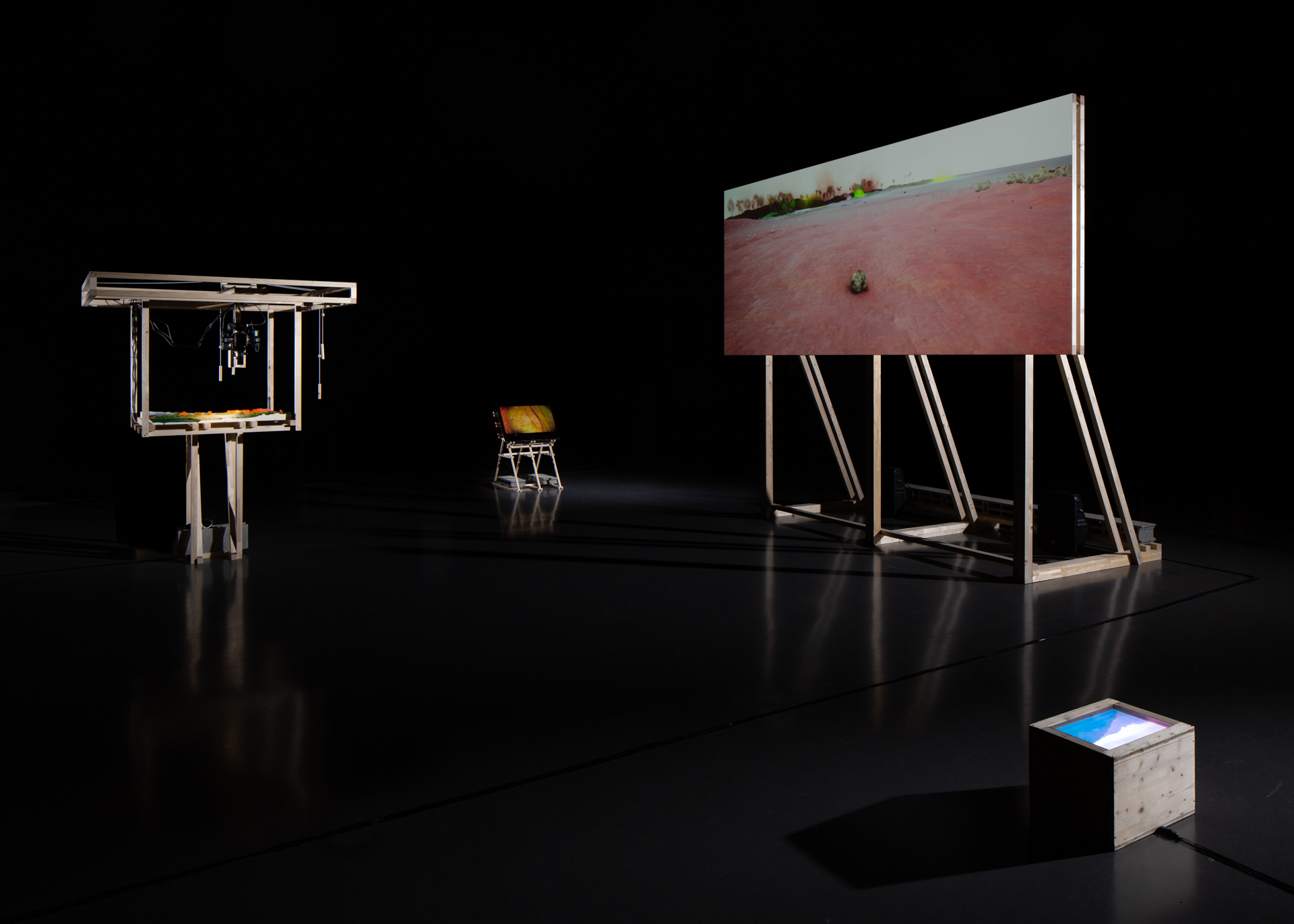
What is Trade Winds and Westerlies?
Trade Winds and Westerlies explore how representations of space and landscape in the mainstream media transmit and construct narratives based on our conceptions of the unknown, the distant and the otherness. This project involves cinematographic archetypes developed through the Western genre since 1939 in Hollywood, such as: the indispensable use of landscape in the narrative, the importance of the horizon line in the composition of images or the particular colorimetric rendering resulting from the Technicolor process.
Components of the project
The Tumbleweed’s Simulation
Around 1870, at the high point of the conquest of the West, American pioneers mistakenly introduced a plant called "Russian thistle" into South Dakota. It takes the form of a bush which, once dry, rolls with the wind. In a few decades, this invasive plant, renamed "tumbleweed", conquered all the territories from Mexico to Alaska. This film projected on a screen taking the form of a billboard is a simulation generated in real time by a computer program that autonomizes the wind production. This climatic phenomenon allows a tumbleweed to move randomly through different ecosystems. These are created from topographic data of filming locations of the movies The Searchers (1956) directed by John Ford, Apocalypse Now (1979) directed by Francis Ford Coppola and Interstellar (2014) directed by Christopher Nolan. Tumbleweeds grow in anthropized spaces, meaning places that have been modified by human activity. This simulation proposes to symbolize and reinterpret the human colonization of various spaces through the migration and conquest of a ruderal plant species.
The Diorama
A structure includes a camera system arranged in order to film, from above, a diorama representing the terrain of the previous simulation. This system can be operated by the spectator with ropes. This installation allows to experiment in a ludic way the vertical shooting of the landscape so representative of aerial surveillance technologies. These have become a certain scientific, tactical and documentary standard to represent blurred and inaccessible territories in conflicts, embargoes or wars.
The Triple Camera Device
Video streams of the diorama are captured by a camera that has been tinkered to reproduce the Technicolor process: the first technology that allows the stable production of color cinematographic images. The internal system of the triple camera is composed of a prism which separates the image in three colorimetric versions: cyan, magenta and yellow. The superposition of these three colored layers allows the creation of a color film by adapting the trichromatic process developed by Technicolor, from 1928, to the standards of the digital domain.
technical specifications
installation size
≈ 9 meters²
materials
wood, cinder blocks, foam, aluminum, plexiglas, ropes, etc.
audiovisual equipment
video projector, computer, monitor, cameras and speakers
credits
developed and produced by
Tanguy BENOIT
3d models
Tanguy BENOIT
Epic Games
Sascha HENRICHS
sound design
Tanguy BENOIT
advisor
Noam TORAN
photographed and filmed by
Tanguy BENOIT
Baptiste COULON
